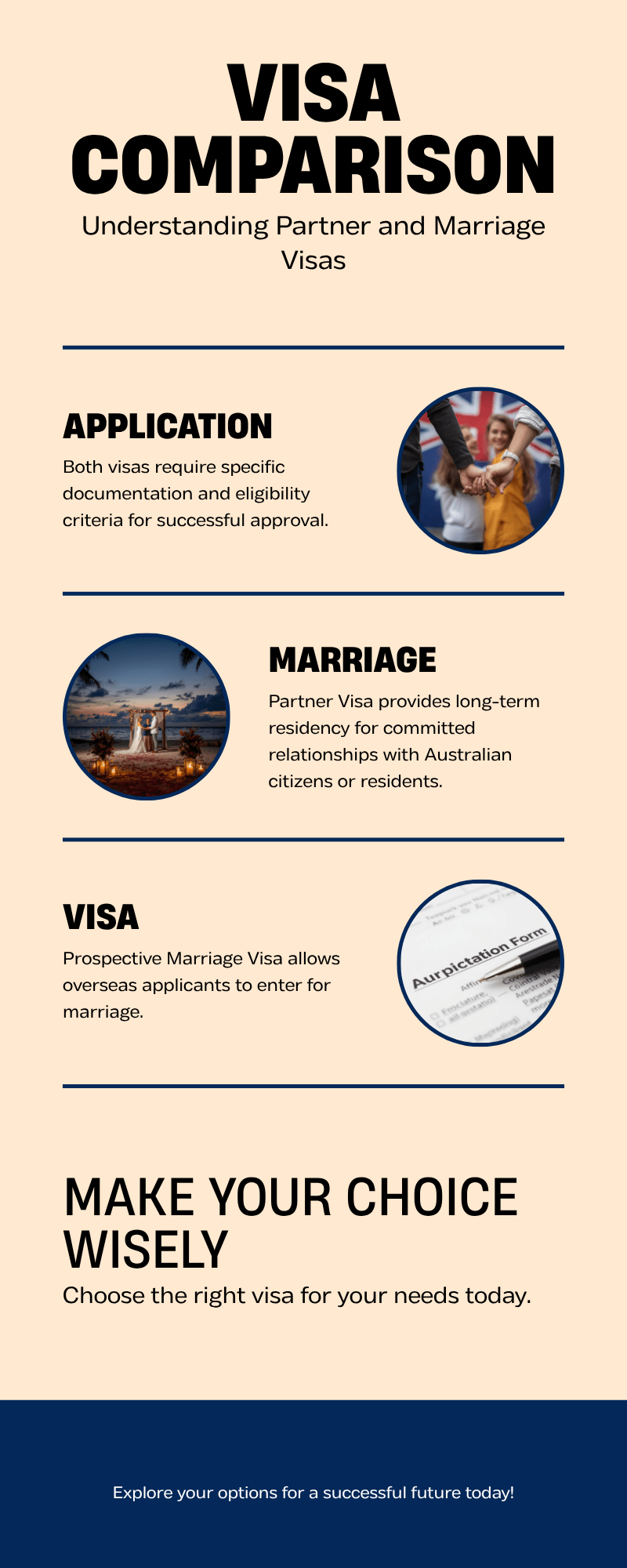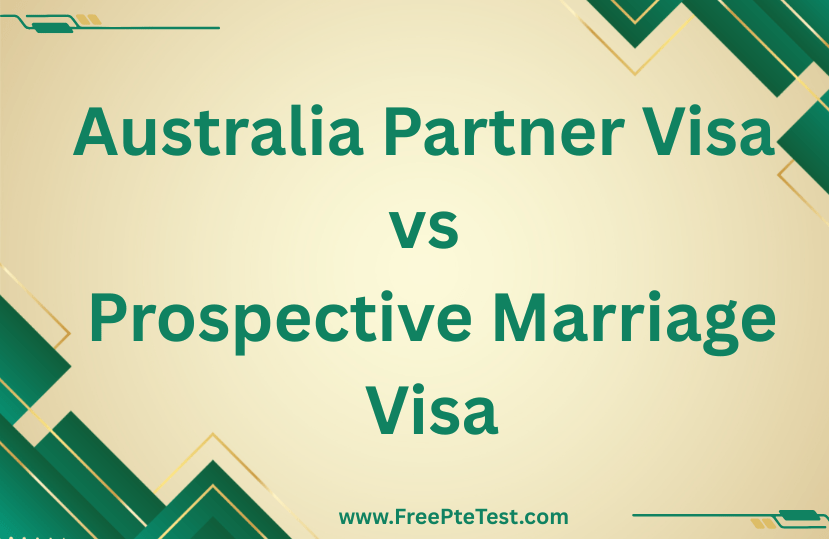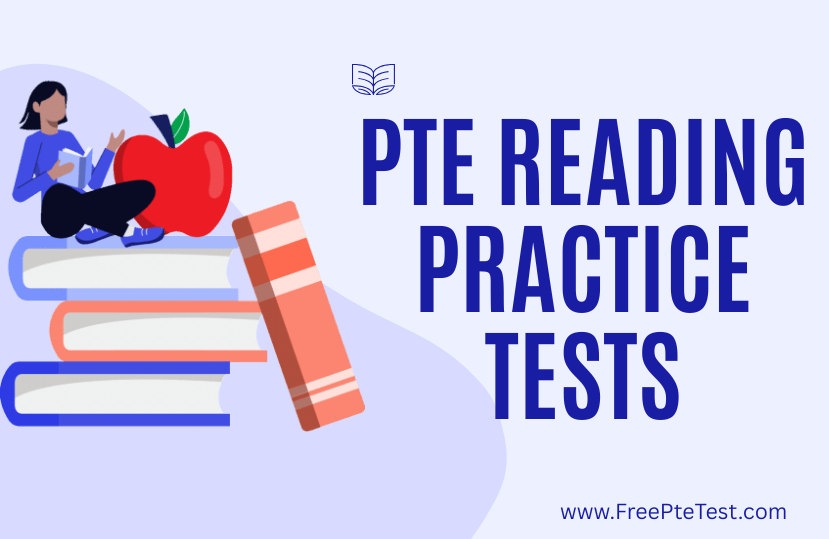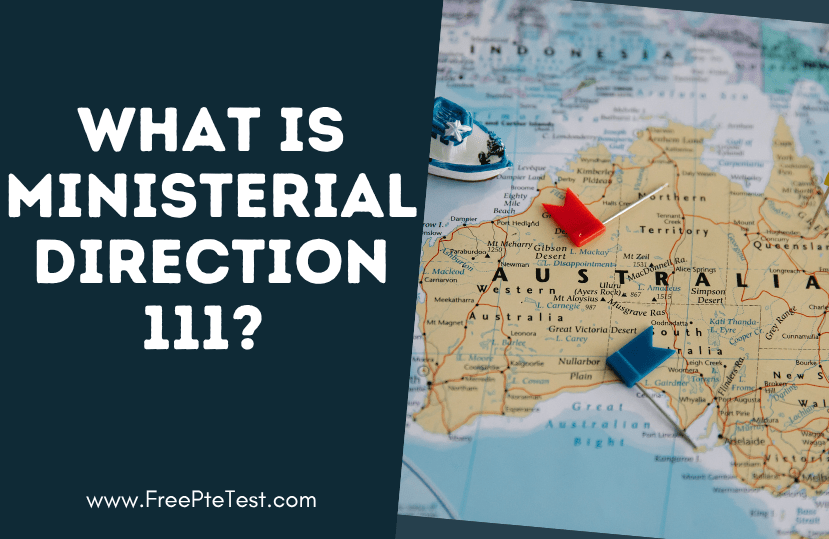Navigating Australia Partner Visa family migration pathways can be a rewarding yet complex journey for couples seeking to build a life together Down Under. Two prominent options for partners of Australian citizens, permanent residents, or eligible New Zealand citizens are the Partner Visa (subclasses 820/801 onshore and 309/100 offshore) and the Prospective Marriage Visa (subclass 300).
These visas cater to different relationship stages: the Partner Visa for those already in a committed marriage or de facto relationship, and the Prospective Marriage Visa for engaged couples planning to wed in Australia.
As of October 2025, significant updates have reshaped these programs. Fee hikes effective July 1, 2025, streamlined evidence rules for faster processing, and revised English language testing requirements from August 7, 2025, have made these visas more accessible yet costlier.
Whether you’re in a long-term partnership or eagerly planning a wedding, understanding these options is crucial for a successful application.
Overview of the Partner Visa
The Partner Visa program is designed for spouses or de facto partners to join or remain with their Australian sponsor in the country. It operates on a two-stage process: a temporary visa first, followed by a permanent one after demonstrating the relationship’s ongoing genuineness, typically two years later.
Types and Subtypes of Partner Visas
There are two primary types based on location:
- Onshore Partner Visa (Subclasses 820 and 801)
- Subclass 820 (Temporary Partner Visa): This provisional visa allows the applicant to live, work, and study in Australia while the permanent stage is assessed. It’s for those already in Australia on a valid visa (e.g., tourist or student). Holders receive full work rights and access to Medicare.
- Subclass 801 (Permanent Partner Visa): Granted after the temporary visa, this provides indefinite stay, work, and study rights, plus eligibility for citizenship after four years. It includes family sponsorship rights for other relatives.
- Offshore Partner Visa (Subclasses 309 and 100)
- Subclass 309 (Temporary Partner Visa): For applicants outside Australia, this allows entry for a provisional stay. It’s similar to 820 but requires the applicant to be offshore at lodgment and grant.
- Subclass 100 (Permanent Partner Visa): The second stage, applied for after two years from the initial application, leading to permanent residency.
These subtypes ensure flexibility for couples at different stages of relocation. No major structural changes occurred in 2025, but processing efficiencies improved with relaxed evidence flexibility from July 1, 2025.
Overview of the Prospective Marriage Visa
The Prospective Marriage Visa (subclass 300) is a temporary entry visa for fiancés intending to marry an Australian sponsor and subsequently apply for a Partner Visa. It’s unique as it bridges engagement to marriage, with a strict nine-month window post-grant to wed.
Types and Subtypes
Unlike the Partner Visa, the subclass 300 has no subtypes—it’s a single temporary visa. However, key features include:
- Temporary Nature: Valid for nine months from grant, during which the holder must enter Australia (if applied offshore) and marry the sponsor. No extensions are possible.
- Pathway to Permanency: Post-marriage, applicants must lodge a Partner Visa (820/801) onshore, benefiting from a reduced fee.
- Onshore/Offshore Flexibility: A pivotal 2024 update (effective July 1, 2024, and unchanged in 2025) allows applications and grants for those already in Australia on another visa, eliminating the need for departure. This change has boosted accessibility for couples mid-relocation.
The visa emphasizes genuine intent to marry, with no provision for de facto relationships without marriage plans.
Key Differences Between Partner Visa and Prospective Marriage Visa
The core distinction lies in relationship status: Partner Visas suit established couples, while the subclass 300 targets pre-marital commitments. Below is a comparison table highlighting major differences as of 2025.
Aspect | Partner Visa (820/801 or 309/100) | Prospective Marriage Visa (300) |
Relationship Type | Married or de facto (at least 12 months cohabitation) | Engaged, intending to marry within 9 months of entry |
Location at Application | Onshore or offshore (must match subtype) | In or outside Australia (flexible since July 2024) |
Visa Stages | Two-stage: Temporary then Permanent | Single temporary; leads to Partner Visa application |
Work/Study Rights | Full from temporary stage | Full work/study rights upon grant |
Marriage Requirement | Not mandatory (de facto accepted) | Mandatory within 9 months of entry |
Pathway to PR | Direct to permanent after 2 years | Via onshore Partner Visa post-marriage |
2025 Updates | Fee increase to AUD 9,365; evidence flexibility | Onshore grant option; processing 9-15 months |
This table underscores the Prospective Marriage Visa’s role as a precursor, often cheaper initially but requiring swift action.
Detailed Eligibility Criteria
Eligibility is rigorously assessed for genuineness, health, and character. Both visas share sponsor requirements but diverge in relationship proofs.
Eligibility for Partner Visa
To qualify for subclasses 820/801 or 309/100:
- Sponsor Requirements: Must be an Australian citizen, permanent resident, or eligible New Zealand citizen, aged 18+, not in another relationship, and able to support financially (no strict income test since 2019).
- Applicant Requirements:
- Genuine, ongoing spousal or de facto relationship (evidenced by joint finances, household, social recognition, commitment). For de facto, 12 months cohabitation unless compelling reasons.
- Meet health and character checks (police clearances from all countries lived in >12 months since age 16).
- Basic English (Functional level, see below).
- Not previously sponsored (sponsor limited to two lifetime visas).
- Subtypes Specifics: Onshore applicants need a valid substantive visa; offshore must be outside at grant.
In 2025, updates allow more flexible evidence submission, like statutory declarations for missing documents, reducing refusals.

Eligibility for Prospective Marriage Visa (Subclass 300)
Criteria focus on future commitment:
- Sponsor Requirements: Same as Partner Visa—Australian citizen/PR/eligible NZ, 18+, not sponsoring another.
- Applicant Requirements:
- Aged 18+ (sponsor too).
- Genuine intention to marry within 9 months of visa grant/entry.
- Not married to anyone else; no current de facto (must be single).
- Met sponsor in person within last year (waivers for COVID/customs).
- Evidence of planned wedding (venue, celebrant).
- Health/character checks.
- Functional English.
- Key 2025 Note: Onshore applicants now eligible without leaving Australia, a game-changer for those on bridging visas.
Both require Form 888 (sponsor declarations) and relationship statements. Refusals often stem from insufficient evidence—aim for comprehensive proofs like photos, bills, and communications.
Application Process
Partner Visa Process
- Preparation: Gather evidence (relationship proofs, IDs, sponsor docs). Use ImmiAccount online.
- Lodgment: Submit Form 47SP (applicant) and 40SP (sponsor) with fees. Onshore: While holding valid visa; Offshore: From outside.
- Assessment: Temporary visa granted first (bridging visa if onshore). After 2 years, apply for permanent via Form 801/100.
- Biometrics/Health: Required post-lodgment.
The process is digital, with priority for complete applications. 2025 streamlining includes online uploads for stage 2 evidence.
Prospective Marriage Visa Process
- Preparation: Collect engagement evidence, sponsor details, wedding plans.
- Lodgment: Online via ImmiAccount; Form 47SP. Can apply onshore/offshore.
- Grant and Entry: If approved, enter (if offshore) and marry within 9 months.
- Post-Marriage: Lodge onshore Partner Visa (820/801) immediately—marriage certificate mandatory.
No appeals for refusals; must reapply. The 9-month clock starts at grant, so plan meticulously.
Costs and Fees
Fees rose July 1, 2025, reflecting inflation. Below is a 2025 costs table (AUD, main applicant unless noted).
Visa/Subclass | Base Fee (Main Applicant) | Additional Adult | Additional Child | Other Costs (Est.) |
Partner 820/309 | 9,365 | 4,685 | 2,340 | Health: 500; Police: 100 |
Partner 801/100 | Included in initial | Included | Included | Translations: 200 |
Prospective 300 | 9,365 | 4,685 | 2,340 | Biometrics: 50 |
Partner Post-300 | 1,560 (reduced) | 785 | 390 | Wedding: Variable |
Additional expenses: Legal advice (~2,000), English tests (300). Refunds rare; pay second installment for permanent stage.
Processing Times
Delays vary by completeness. 2025 data shows improvements via prioritization.
Visa/Subclass | 25% of Cases | 50% of Cases | 90% of Cases |
Partner 820/309 | 5 months | 12 months | 26 months |
Partner 801/100 | 12 months | 24 months | 36 months |
Prospective 300 | 6 months | 10 months | 15 months |
Onshore Partner apps average longer due to volume; offshore faster. Track via VEVO.
English Language Requirements
Both visas mandate Functional English for the main applicant (exemptions: passports from UK/Ireland/Canada/NZ, or 5+ years schooling in English). This ensures basic communication.
From August 7, 2025, approved tests updated: IELTS (4.5 overall), PTE Academic (now 24 overall, down from 30—easier threshold), TOEFL iBT (32), OET (B in each). Results valid 3 years; pre-August tests usable until 2028.
For PTE Academic, popular for its quick results, practice is key. Applicants can access free mock tests and resources at freeptetest.com to simulate the exam environment and boost scores efficiently.
Recent 2025 Updates and Their Implications
- July 1 Fee Hikes: Base fees up ~3% to AUD 9,365, impacting budgets.
- Evidence Flexibility: Statutory declarations accepted for gaps, speeding grants.
- English Reforms (Aug 7): Lower PTE thresholds aid non-native speakers.
- Processing Focus: Median times down 10% via digital enhancements.
These streamline family reunions amid backlog reductions.
Pros, Cons, and Tips
Partner Visa Pros: Immediate PR pathway, no marriage rush. Cons: Lengthy wait, high fees.
Prospective Marriage Pros: Faster entry for weddings, reduced follow-up fee. Cons: Strict timeline, marriage mandate.
Tips: Consult MARA agents; prepare evidence early; monitor Immi updates.
Choosing between Partner and Prospective Marriage Visas hinges on your relationship milestone. With 2025’s efficiencies, both offer viable paths to Australian life. Thorough preparation ensures success—start with official checklists and free resources like PTE practice at freeptetest.com. Love knows no borders; let these visas bridge them.



